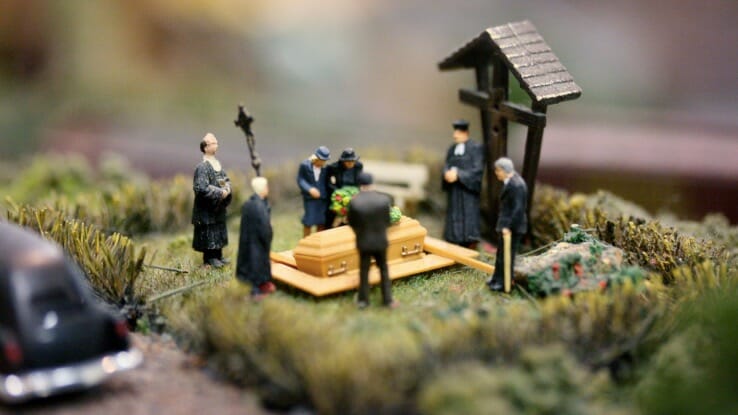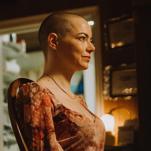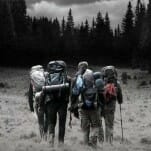From Alabama to Colombia: A Death in Colombia

The albino girl placed her bow on the violin. The blind girl cleared her throat. They sang. Lovely close harmony filled the Catedral de San Martín de Tours. One entire wall of the cathedral had been removed as part of an ongoing restoration, and filtered sunlight poured in over many of the bereaved, who sat in black clothes on hard wooden pews. A vast sheet of plastic meant to keep out the elements (and the pigeons) shifted in the wind, and the holy place seemed to give a series of deep sighs.
The wooden coffin at the front of the cathedral held the remains of Maria del Carmen Camargo de Castillo, the grandmother of Adela, my fiancée. People knew Maria as Maruja.
On a bright morning just two days prior, the 88-year-old woke in good cheer, ate breakfast, then settled into the normal Sunday routine of Sogamoso, her lifelong hometown. She heard horns of passing taxis. A black puppy played at her feet.
About noon, she felt ill. A grandson sped her to the hospital. Her heart and lungs—she needed oxygen in everyday life, the result of long years of smoking—failed to meet the challenge. Doctors brought her back once from cardiac arrest, but the second time her heart stopped, it didn’t start again.
Now, Tuesday morning at the cathedral, one daughter (Adela’s mother, Luz) and four sons and their extended families filled the front pews, with dozens of friends and acquaintances on hand to pay respects. The deceased had many companions—the word comes from comme, French for “with,” and pain, “bread.” Companions are those with whom you share bread. For many years, Maruja operated a panadería, a bakery, in the front of her home, not far from the main street of Sogamoso.
The songs in the cathedral ended. A priest rose and spoke. Family members shared emotional remembrances. The congregation gave an offering. Holy Communion brought lines to the altar. Then the moment arrived, and sons and relatives rolled Maruja’s casket out of the cathedral and into the bright morning.
It’s called the City of the Sun. Sogamoso is a dusty pueblo of about 100,000 in scenic Boyacá, one of the Colombian states to the north of Bogotá, the capital.
In Sogamoso’s palm-shaded town plaza, directly in front of the yellow cathedral’s front doors (and partly blocking the view), stands an imposing sculpture commemorating the native people of the region, the Muiscas, and their own faith. The enormous metal artwork features naked figures worshipping a gigantic sun emblem.
The blood of sun worshippers ran in the veins of Maruja, and it runs in Luz, Adela, and other family members.
The hearse with Maruja’s body rolled slowly past this vast monument to Boyacá’s pagan history. It rocked through uneven streets past the funeral home, Funeraria Orduz, where we first stopped Sunday night on our hasty drive from Bogotá to, we had hoped, the bedside of our stricken loved one.
Instead, a heavy-hearted family met uncomfortably at the funeral home, a place with waiting coffins stacked four-deep along the basement walls. As we made arrangements, a food truck operated cheerfully, absurdly, across the street, serving massive foot-long—maybe meter-long—perros calientes, or hot dogs.
-

-

-

-

-

-

-

-

-

-

-

-

-

-

-

-

-

-

-

-

-

-

-

-

-

-

-

-

-

-

-

-

-

-

-

-

-

-

-

-









































